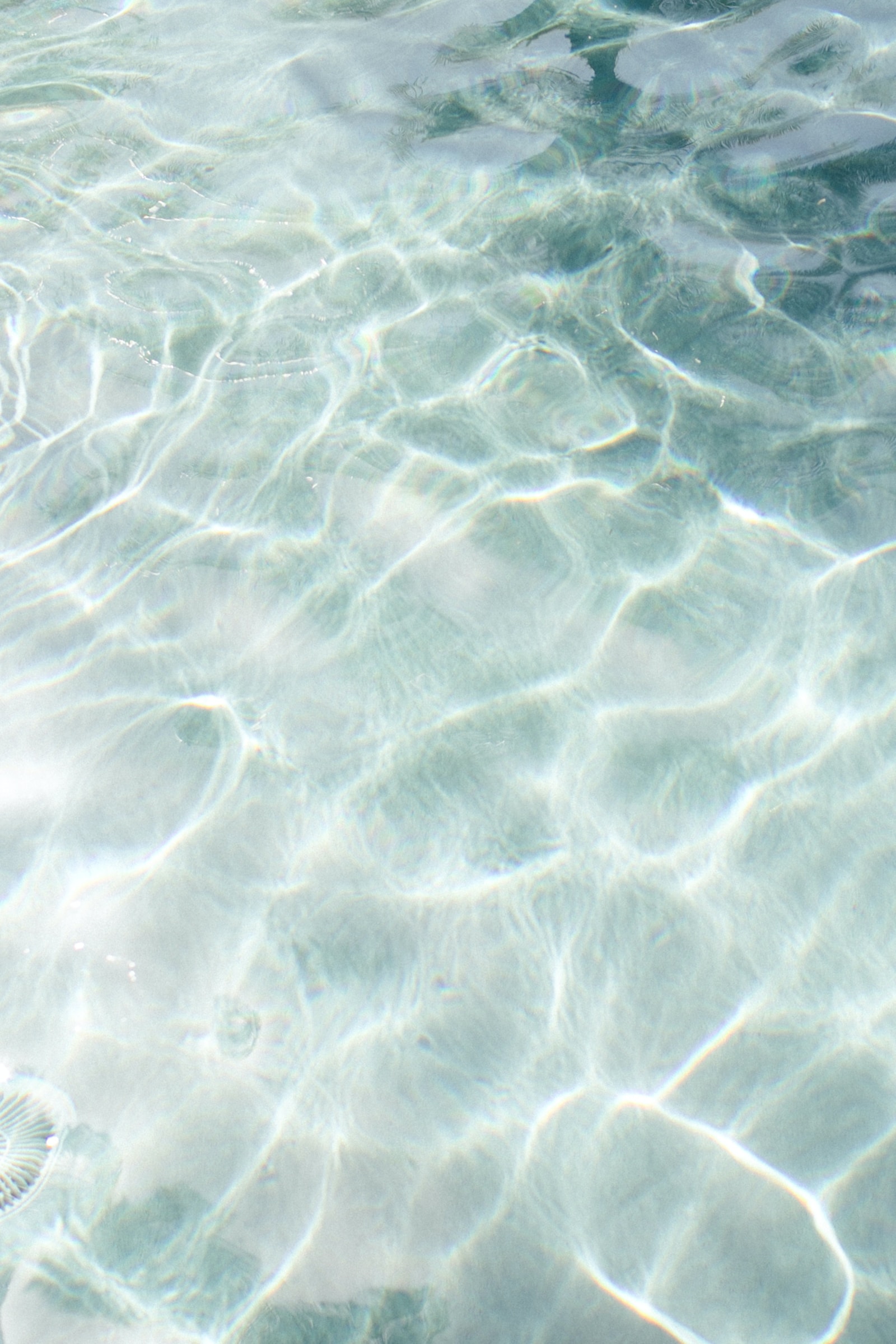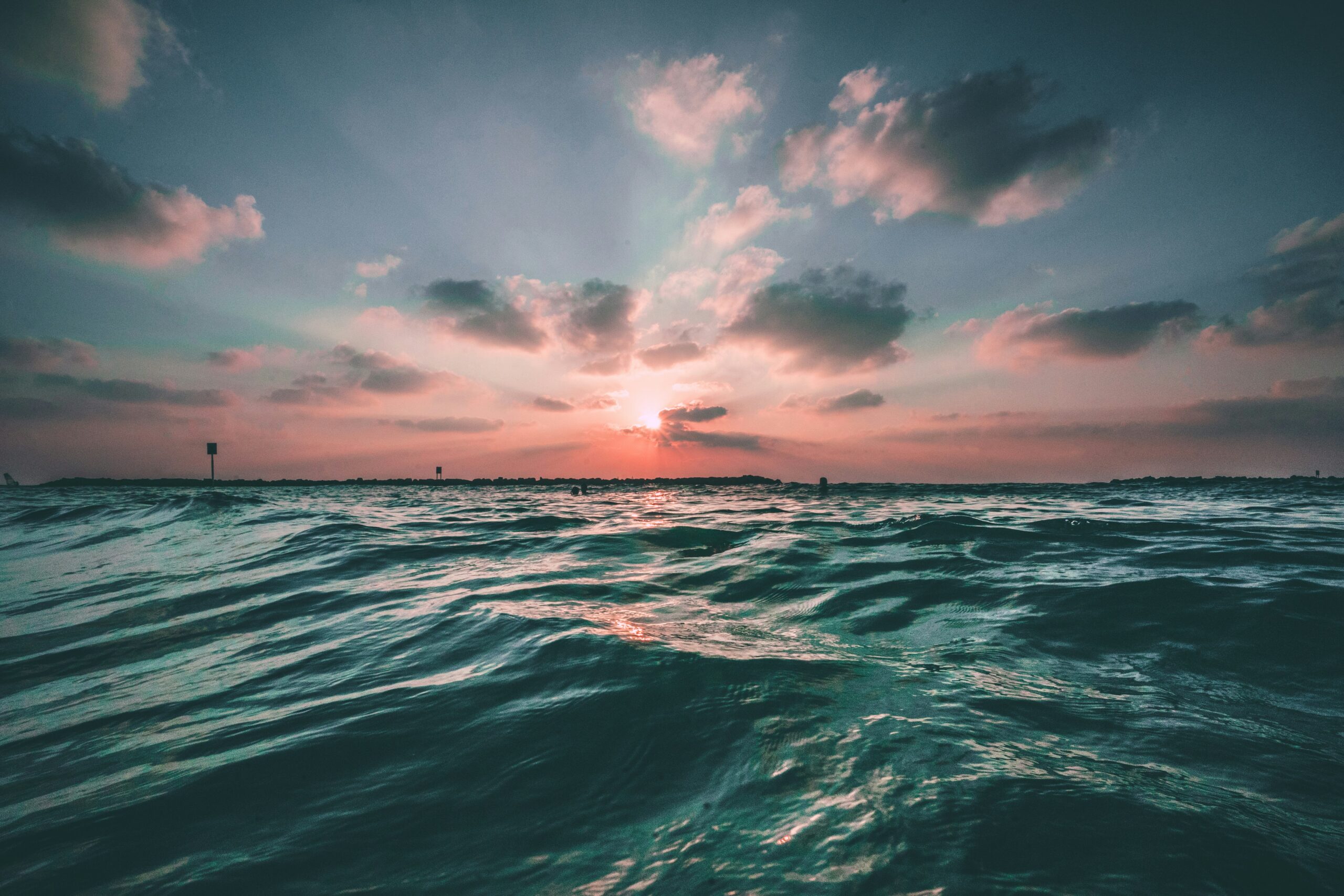Imagine you find yourself lost in the depths of the untamed wilderness, surrounded by dense vegetation and miles away from civilization. Your throat is parched, and the scorching sun beats down on you relentlessly. In this critical moment, the ability to locate a source of safe drinking water becomes a matter of survival. But how can you recognize the signs of a hidden oasis amidst nature’s vast expanse? Fear not, for this article will guide you through the subtle cues and telltale hints that will lead you to the life-saving elixir you so desperately seek.
Understanding the Importance of Fresh Water
Water plays a vital role in our survival. As humans, our bodies are made up of approximately 60% water, and it is involved in numerous processes that keep us healthy and functioning properly. From regulating our body temperature to supporting digestion and nutrient absorption, water is essential for our overall well-being. Without an adequate supply of water, our bodies can become dehydrated, leading to a range of potentially dangerous and even life-threatening complications.
Potential dangers of dehydration
Dehydration occurs when our bodies lose more water than we take in. This can happen for various reasons, including excessive sweating, diarrhea, vomiting, or inadequate fluid intake. When we don’t have enough water in our system, it can lead to a range of unpleasant symptoms, such as increased thirst, dry mouth, dizziness, fatigue, and decreased urine output. However, the dangers of dehydration go beyond these initial symptoms. Severe dehydration can result in organ failure, seizures, and even death. Therefore, it is crucial to remain hydrated, especially in situations where water may be scarce or inaccessible.

Importance of fresh, clean drinking water
While any source of water can temporarily quench our thirst, it is essential to prioritize fresh, clean drinking water. Drinking contaminated water can lead to various waterborne diseases, including cholera, dysentery, and giardiasis. These illnesses can cause severe gastrointestinal distress, leading to dehydration and further complications. Additionally, polluted water sources may contain harmful chemicals or toxins, posing additional health risks. Therefore, it is crucial to seek out sources of fresh water when in the wild, ensuring that the water we consume is safe for our bodies.
Spotting Natural Indicators of Water
When navigating the wilderness, it is important to keep an eye out for certain natural indicators that can guide us towards sources of water. These indicators can help us identify areas where water is more likely to be present, increasing our chances of finding a suitable water source.
Presence of green vegetation
Vegetation that appears greener and healthier than its surroundings can indicate the presence of water nearby. Water is essential for plant growth, and areas with a reliable water supply will often boast lush, vibrant vegetation. Keep an eye out for patches of greenery that seem to stand out in otherwise barren landscapes.
Birds or insects flying in circular patterns
Birds and insects are often attracted to bodies of water as they rely on it for their survival as well. If you notice birds or insects flying in circular patterns or hovering around a certain area, it could be a sign that water is nearby. Their movements may indicate drinking or bathing behaviors, which can lead you to discover a water source.
Damp or muddy ground
If you come across an area with damp or muddy ground, it is a clear indication that water is or has recently been present. Waterlogged soil can indicate the presence of an underground water source, which may be accessible through digging or other methods. Pay attention to any variations in the terrain and look for wet patches or mud near the surface.
Areas of dense foliage or plant life
Plants require water to thrive, and areas with dense foliage or plant life can suggest the presence of water sources. Dense vegetation often indicates a higher level of moisture in the soil, making it a promising area to explore for water. Keep an eye out for areas where plants grow abundantly and investigate further to uncover potential water sources.

Reading the Landscape for Water Signs
Understanding how to read the landscape can greatly enhance your ability to locate sources of water in the wild. By paying attention to specific features and natural indicators, you can increase your chances of finding water in even the most challenging environments.
Searching in valleys and low-lying areas
Valleys and low-lying areas are natural catchments for water runoff, making them ideal places to search for water. Gravity pulls water downward, and valleys often collect and channel water from surrounding areas, creating natural waterways or pooling water underground. Explore these areas carefully, paying attention to signs of dampness or the presence of vegetation.
Moss and wet spots on trees
Moss tends to grow in areas with a higher moisture content, making it a reliable indicator of nearby water sources. If you come across trees with moss growing on one side or damp spots on their trunks, it can suggest that water is accessible in the surrounding area. Follow the direction of the moss or wet spots to explore further in search of water.
Presence of animal tracks
Animals require water for survival, and their tracks can lead us to potential water sources. Look for fresh animal tracks or signs of wildlife activity, particularly in areas where tracks converge or appear to lead towards a specific location. Animals have an innate sense for finding water, so following their tracks can often lead you to a reliable water source.
Following the direction of morning dew
Dew forms on surfaces during the cooler hours of the morning when the air temperature cools down, and moisture condenses. By observing the direction in which dew collects on leaves, grass, or other surfaces, you can potentially determine the direction of water sources. Dew tends to accumulate on surfaces that are cooler and shaded, providing valuable information about the availability and direction of water.
Locating Water in Arid Environments
Finding water in arid environments can be particularly challenging due to the scarcity of visible water sources. However, with a keen eye and knowledge of specific indicators, you can increase your chances of locating water even in the most inhospitable landscapes.
Depressions and dried riverbeds
In arid regions, depressions and dried riverbeds can be valuable indicators of past or hidden water sources. While these areas may be dry on the surface, they can contain pockets of water beneath the sand or soil. Look for signs of water flow, such as erosion marks or small pools of standing water, to identify potential areas where water may still be accessible.
Cactuses and other succulent plants
Desert plants like cactuses and other succulents have evolved to store water, making them a reliable indicator of nearby water sources. When searching for water in arid environments, keep an eye out for these plants, as they can often lead you to hidden water reserves. Look for signs of vitality and plumpness in the plants, as they indicate that water is present within or nearby.
Dew collection techniques
In arid environments, dew can be a valuable source of moisture. Take advantage of early mornings when the air is cooler and condenses moisture on surfaces. Use a cloth or other absorbent material to collect the dew from leaves or other vegetation, wringing it out into a container. While this method may not yield large quantities of water, it can provide a vital source of hydration in desperate situations.
Digging ground for water
When all else fails, digging for water may be necessary. In arid environments, water can sometimes be found underground, providing a lifeline in desperate situations. Look for signs of potential water sources, such as depressions, vegetation, or areas of dampness. Use a digging tool or your hands to excavate the ground carefully, going deeper until you reach a water source or until the soil becomes saturated.

Finding Water in Snowy or Icy Areas
Navigating snowy or icy regions presents unique challenges when it comes to finding water. However, with the right knowledge and techniques, it is possible to locate and access water sources even in freezing conditions.
Melting snow and ice for water
In snowy or icy areas, melting snow and ice is often the most accessible source of water. Collect fresh, untouched snow or ice and place it in a container or directly into a water bottle. Melt it slowly over a heat source, such as a fire or stove, until it turns into liquid water. Be careful not to heat it too quickly, as it can result in uneven melting or scorching.
Avoiding yellow snow
While melting snow can be a reliable source of water, it is crucial to avoid yellow snow. Urine contaminates the snow and can introduce harmful bacteria or pathogens into the water. Always collect snow or ice from clean areas away from human or animal presence, ensuring that it is pure and uncontaminated.
Considerations for consuming glacier water
Glacier water, while seemingly pristine, may contain suspended particles or minerals that can cause digestive upset. When consuming water from glaciers, consider using a filtration or purification method to remove impurities. Boiling, using water purification tablets, or employing a portable water filter can help eliminate potential contaminants.
Using contrast in the landscape to detect water sources
In snowy or icy areas, contrast can be your ally when identifying water sources. Look for areas where the snow appears wetter or darker, indicating a higher moisture content. These areas may have a water source beneath the surface or could be locations where snow has recently melted, revealing liquid water. Pay attention to variations in snow density and texture, using contrast to guide you towards potential water sources.
Using Technology to Find Water
In today’s modern world, technology can be a valuable tool in our quest to find water. With advancements in GPS and satellite imagery, we can utilize technology to enhance our chances of locating water sources.
Modern GPS techniques for water location
GPS technology can provide accurate mapping and navigation, aiding in identifying potential water sources. By using GPS apps or devices, you can track your location and mark areas where water may be present. These tools can also provide information on nearby rivers, lakes, or streams, giving you a broader perspective on potential water sources.
Application of satellite imagery
Satellite imagery provides a bird’s-eye view of the landscape, allowing you to identify bodies of water or potential sources of moisture. Online mapping services and satellite imagery platforms offer detailed views of various terrains, which can aid in identifying potential water sources in unfamiliar areas. Use these resources to study the landscape before embarking on your journey, increasing your chances of finding water.
Collecting Rainwater
Rainwater is a valuable and often overlooked source of clean, fresh water. Knowing how to collect and utilize rainwater can be especially useful in situations where other water sources are scarce or contaminated.
Setup and placement of rain collectors
Rain collectors, such as barrels or containers, can be strategically positioned to collect rainwater efficiently. Place the collectors in open areas, away from trees or buildings to maximize the collection surface. Clean the collectors thoroughly before use and ensure that they have a tight-fitting lid or cover to prevent contamination.
Optimized materials for rainwater collection
Using materials specifically designed for rainwater collection can improve the quality and quantity of collected water. Invest in food-grade barrels or containers made from non-toxic materials, as these will ensure that the collected water remains safe for consumption. Additionally, using screens or filters can help remove debris or contaminants from the rainwater, improving its quality.
Rainwater collection safety measures
While rainwater is generally considered safe to drink, it is essential to take precautions to prevent contamination. Avoid collecting rainwater during heavy downpours or when there is visible pollution in the air, as these can introduce harmful substances into the water. Always sanitize or purify rainwater before consumption, especially if it will be stored for an extended period.
Extracting Water from Plants
Plants can serve as an unexpected source of water in survival situations. However, it is crucial to identify safe plants for water extraction and employ proper techniques to ensure your safety.
Identifying safe plants for water extraction
Not all plants are suitable for water extraction, and some may be harmful or poisonous. Research local flora or consult guides specific to the region to identify plants that are known for containing water. Cactuses, palm trees, and some vines are examples of plants that can often provide a reliable source of water.
Techniques for water extraction from plants
There are various methods for extracting water from plants, depending on the type of plant and its specific characteristics. Slicing open cactuses to access the water-filled pulp or tapping into palm trees to draw sap are common techniques. Vines can be cut or punctured to allow sap to drip out slowly. Research the specific methods for each plant and region to ensure safe and efficient water extraction.
Avoiding poisonous or harmful plants
While nature provides us with valuable resources, there are also plants that should be avoided due to their toxic or harmful properties. Familiarize yourself with potentially dangerous plants in your environment, and only extract water from plant species that have been identified as safe. When in doubt, err on the side of caution and prioritize other water sources.
Constructing a Solar Still
A solar still is a simple yet effective way to extract clean drinking water from various sources, including soil, vegetation, or contaminated water. By utilizing the power of the sun, you can create a makeshift distillation system that produces potable water.
Materials needed for a solar still
To construct a solar still, you will need several basic materials, including a clear plastic sheet, a container to collect the condensed water, rocks or weights, and a digging tool. Ensure that the plastic sheet is large enough to cover the potential water source adequately.
Process of building and using a solar still
To build a solar still, start by digging a hole in the ground near a water source or moist soil. Place the container in the center of the hole and surround it with the wet soil or vegetation. Cover the hole with the plastic sheet, securing the edges with rocks or weights to create an airtight seal. As the sun heats the soil or vegetation, moisture will evaporate and condense on the underside of the plastic sheet, eventually collecting in the container as clean drinking water.
Precautions and considerations when using a solar still
While solar stills can provide a source of potable water, they have limitations and require specific conditions to be effective. Solar stills work best in sunny, warm climates with ample moisture in the soil or vegetation. They may not produce significant quantities of water and should be used as a supplemental source rather than a primary water supply. Monitor the still regularly and ensure that the plastic sheet remains airtight to prevent contamination.
Purifying and Treating Found Water
Even after locating a water source, it is crucial to purify and treat the water before consumption. Purification methods help remove harmful bacteria, parasites, and contaminants that may be present, ensuring that the water is safe to drink.
Boiling as a purification method
Boiling is one of the most effective and accessible methods for purifying water. Bring the water to a rolling boil for at least one minute (longer at higher altitudes) to kill any potential pathogens. Boiling does not remove chemical contaminants, so it is best suited for water sources that are unlikely to be contaminated with chemicals.
Use of water purification tablets
Water purification tablets are a convenient and portable method for treating water in the wilderness. These tablets typically contain chemicals such as chlorine or iodine, which effectively kill bacteria, viruses, and parasites. Follow the instructions provided with the tablets and allow the recommended contact time for the chemicals to work before consuming the water.
DIY water filtration systems
DIY water filtration systems can be constructed using various materials to remove impurities from water. These systems typically involve different layers of filtration media, such as charcoal, sand, and gravel, which help remove particles and improve the taste and clarity of the water. While DIY filtration systems may not remove all contaminants and may require regular maintenance or replacement of filtration media, they can provide an additional layer of safety in treating found water.
Importance and process of water treatment
Water treatment is essential to prevent waterborne illnesses and ensure that the water we consume is safe for our bodies. In survival situations, access to clean, treated water may be limited, making it critical to employ proper purification methods. Always prioritize treating found water and carefully follow the recommended procedures to remove as many contaminants as possible, safeguarding your health and well-being.
In conclusion, understanding the importance of fresh water and knowing how to locate, extract, and purify water sources are vital skills in wilderness survival. By recognizing natural indicators, reading the landscape, utilizing technology, and employing various techniques, you can increase your chances of finding clean, potable water. Remember to always prioritize your hydration needs, particularly in challenging environments, and take the necessary precautions to ensure that the water you consume is safe for your health.

